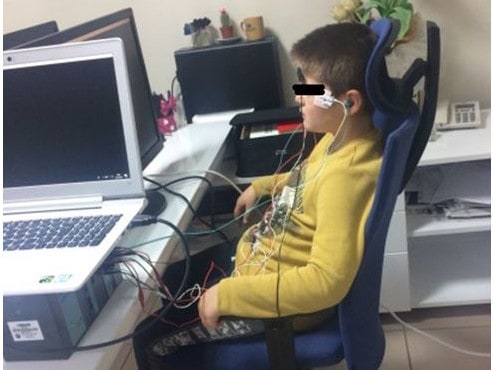Diagnosing ADHD with eye movement measures: A new approach
Currently, the diagnosis of Attention Deficit Hyperactivity Disorder (ADHD) is prone to subjective bias introduced by the specialist testing for the disorder. For this reason, researchers have developed a new, objective test system that is based on electro-physiological signals generated by eye movements. Does it work?
Attention Deficit Hyperactivity Disorder (ADHD) is one of the most common neuropsychiatric disorders among children. Yet, obtaining a correct diagnosis can be complicated since the criteria used in current tests are inherently subjective.

As objective evaluation tools are urgently needed, a group of researchers from Erciyes University in Kayseri, Turkey, decided to investigate the potential of a technological device for the diagnosis of ADHD. More precisely, they developed an Electrooculography (EOG) device, which is able to detect horizontal and vertical movements of the eye, and linked it with a computer-based attention test.
Children with ADHD suffer from a decreased attention span, which is often reflected in involuntary eye movements. In the study, eight children already diagnosed with ADHD as well as eight healthy children (all aged between 8 and 13 years old) were asked to follow visual stimuli on a computer screen while their EOG signals were recorded simultaneously. To measure these signals, the researchers placed harmless, water-based electrodes above and below the children’s eyes.

Afterwards, the researchers analyzed the recorded signals with various signal processing and data analysis techniques. As expected, they found that ADHD patients were less successful in following the visual stimuli. They moved their eyes significantly more often than the healthy participants did. This, and other differences reflected in the EOG signals, allowed the researchers to successfully classify ADHD patients and healthy individuals. The results of their study were recently published in Biomedical Engineering.
According to the scientists, a number of economic, educational and health-related issues – such as unnecessary drug use and problems in school – that are caused by the misdiagnosis of ADHD could be prevented with help of their newly developed, objective diagnostic support system.
Read the original article here: